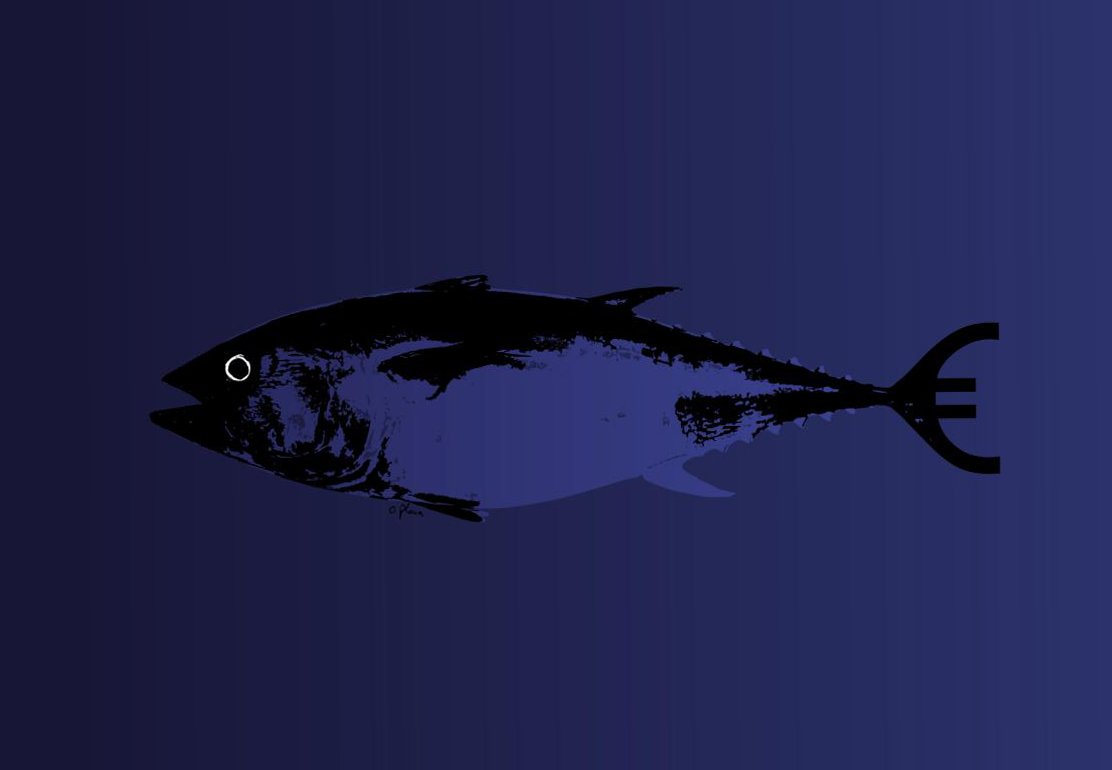This article is reserved for our subscribers
The alleged import and farming of uncertified Atlantic bluefin tuna from Libya in Croatia has reached a turning point. After the European Commission (EC) sent a letter to Croatia in February 2022, highlighting serious shortcomings in the government's oversight of tuna operations, not much has been heard about the EU's investigation into Croatia's tuna farming scandal. A year after the letter, which was sent following whistleblower revelations published by Croatian media, the Commission recently decided to press ahead with its infringement procedure. The stench of fraud is still in the air, even though the story broke two years ago, in the summer of 2021.
On 28 September this year, the European Commission sent a reasoned opinion (the second stage of an infringement procedure) to the Croatian government, which then had two months to respond and take appropriate measures to avoid being taken to the European Court of Justice. So far, the European Commission's Directorate-General for Fisheries (DG Mare) has been slow to follow up on the case. Indeed, the move by Brussels’ officials to enforce the EU legal framework (Regulations 1224/2009, 1380/2013, 1005/2008 and 2016/1627) may collide with the huge economic interests at stake.
Bluefin tuna aquaculture in the Mediterranean is a highly profitable business. It has been growing steadily and is expected to peak at 34,385 tonnes in 2020. This growth has been driven by the main export market, Japan, where the average market price was recently €44 per kg. A record price of €9,000 per Kg was achieved at an auction held in 2019. Croatia pioneered the development of tuna farming in 1996. Although its farming capacity cannot be compared to Malta and Spain, which are home to the largest tuna farms in Europe, its production totalled 4,372 tonnes in 2021. This represents about 10% of the tuna farmed in the Mediterranean.
"The Croatian murky vicissitude shows how far the greed for tuna and money has gone,” said Ignacio Fresco Vanzini, Senior Policy Advisor at the NGO Oceana. It all started a thousand miles south of the Croatian coast, in the open sea between Libya and Malta. Despite securing almost a third (15,703 tonnes) of the EU's yearly total of 49,405 tonnes, Maltese fish farmers are still struggling to produce the quantity the market demands. That's what could happen to the Fish&Fish company, owned by the Azzopardi Group, Malta's largest seafood company. When the Libyan vessels Cyrene and Morina offered to sell their catches at the end of June 2020, the deal seemed too good to pass up.
So Fish&Fish rushed to make its offer and subcontracted its Croatian competitors, Pelagos and Jadran, to feed and fatten the purchased tuna in their farms before selling it to its Japanese customers. The two companies are indirectly related: Pelagos is jointly owned by Ante Gotovina and Milan Mandić, who is also a member of the board of directors of Jadran Tuna. According to a loan agreement between Pelagos and Fish&Fish (or rather a commercial agreement, as the latter corrected by email), the bluefin tuna always remained the property of the Maltese company, which sold it to its client," said Dunja Zloić Gotovina, Sales & Marketing Director at Pelagos.
Following the supply chain
Two tugs, one flying the Maltese flag and the other the Italian flag, transported the fish to Croatia. Local fisheries inspectors were to check the certificates proving the legal origin of the tuna. In fact, every catch must be reported through the traceability system, the Electronic Bluefin Tuna Catch Document (eBCD), set up by the International Commission for the Conservation of Atlantic Tunas (ICCAT), which brings together 52 countries around the world. The organisation was set up in 1966 to control catches and conserve stocks, which were on the brink of collapse in the 1990s due to overfishing and have now successfully recovered.
The eBCDs system follows the supply chain from the catch on the fishing vessels to the landings in the ports to the retailers. Once quotas for species have been set, each ICCAT member allocates a certain number of tonnes per member state to its domestic vessels, which cannot be exceeded. The European Commission, which represents the EU in ICCAT and monitors the implementation of the rules in its territorial waters, distributes the quotas to the member states, which must then submit an annual management plan.
In early 2022, Croatian Chief Inspector Pupić Bakrač accused the government of breaking the law and retroactively falsifying the certificates long after the tuna had been imported by Pelagos and Jadran. In his statement, Bakrač said that none of his colleagues had seen the original certificates that accompanied the fish at the time it was landed in the port of Zadar. "In the absence of formal documents, the fisheries inspectors should have ordered the release of the tuna," Bakrač claimed at the time, after immediately informing the Zadar Police and the County Prosecutor's Office of the violation. "Only a small part of the tuna was released, about 50 heads, it is a pro forma, all the rest was put in cages, and since two euros per head was paid, a huge profit was made".
Bakrač's comments and confidential documents leaked to the editor of the Morski news agency, Jurica Gašpar, also reveal discrepancies in the licensing process. "The companies already caged the tuna in mid-August (i.e. in their farms) and only after that they applied for a formal permit, so their action is illegal and should have been sanctioned," Bakrač said in an interview with Gašpar. We were unable to reach Bakrač for further comment. In addition, the delay in the approval of the operations by the Croatian authorities has raised further suspicions. According to the leaked documents, the applications were submitted by Jadran and Pelagos on 31 August and 7 September respectively.
When we checked the data with Pelagos, they told us that they had 500 kg of tuna in cages on their farm. Jadran did not respond to a request for comment. Furthermore, the leaked documents show that the permit was issued just six months later, on 5 March 2021, during the slaughter of the tuna before it was shipped to Japan. "The slaughter took place from 2 March to 17 March 2021," Gotovina told us. The date of issue was implicitly admitted by the government itself, which, as reported in Gašpar's article ‘This is the route of imported tuna to Croatia’ published on 1 February 2021, publicly claimed that it was not true that the tuna had been in Croatia for 6 months without valid documentation. Gašpar quotes the Ministry as saying that additional controls were carried out after the transfer to the farming cages and that, contrary to Bakrač's accusations, it "did not organise a meeting on the subject of 'legalisation'".
All these statements confirm that, at the very least, the tuna has been caged in the farms without prior and formal authorisation. "To carry out a transfer or caging without authorisation would be against [...] ICCAT recommendations," the European Commission spokesperson told us.












